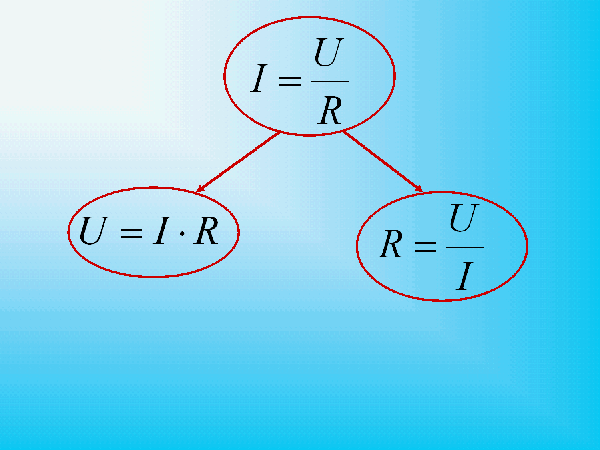Instruction
1
Remember, what is current and voltage.
Electric current — is orderly for charged particles (electrons). For the quantitative determination in physics, we use the index I, called current.
- The voltage U is the potential difference at the ends of an electrical circuit. It is this difference that makes the electrons move, like a stream of liquid.
Electric current — is orderly for charged particles (electrons). For the quantitative determination in physics, we use the index I, called current.
- The voltage U is the potential difference at the ends of an electrical circuit. It is this difference that makes the electrons move, like a stream of liquid.
2
Current is measured in amperes. In electrical circuits the current is determined by ammeter. The unit of voltage is volts, measure the voltage using the voltmeter. Assemble a simple electrical circuit from a power source, a resistor, ammeter and voltmeter.
3
On closing the circuit and passing current through it, write down the readings. Change the voltage at the ends of the resistance. You will see that the ammeter reading will increase as the voltage increases and Vice versa. This experience demonstrates a directly proportional relationship between current and voltage.
4
Electric current is like the flow of the fluid. But charged particles moving in empty pipe and in the conductor. Conductor material has a significant impact on the character of this movement. To quantify this effect, the value of R is the resistance of an electric circuit. The unit of resistance is Ohm.
5
The amperage the more voltage and less than the resistance of the chain. This dependence is described by Ohm's law:
I = U/R.
I = U/R.
6
For alternating current is maintained directly proportional dependence on voltage. Alternating current is an electromagnetic oscillation of a harmonic (sinusoidal) with a frequency determined by the voltage source. To complete an electrical circuit with a different resistance relationship between current and voltage is described by Ohm's law.
